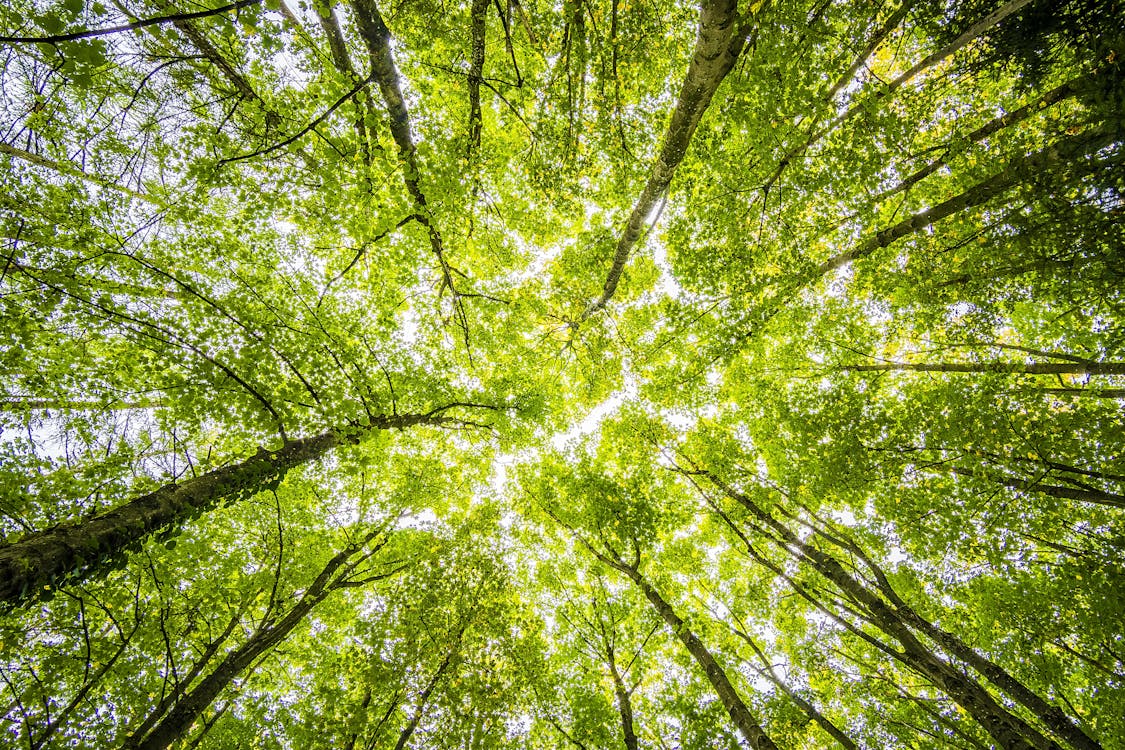The Role of Urban Trees
In cities, where buildings and pavement create a lot of heat, trees play a crucial role in keeping things cool. Urban areas are often much hotter than rural areas because they absorb and retain heat from the sun. This is known as the “urban heat island” effect.

Trees help counteract this by providing shade and releasing moisture into the air through a process called transpiration, which cools the surrounding area. This cooling effect is not just nice to have; it’s essential for making cities livable during hot summer months. Trees can lower temperatures by several degrees, making a big difference for people living in urban environments.
The Hardiest Urban Trees
Not all trees are equally equipped to handle the harsh conditions of city life. Some trees are particularly tough and can thrive despite pollution, limited space, and high temperatures. For example, the London plane tree is a popular choice for cities because it’s resistant to pollution and disease.
Another hardy tree is the ginkgo, which can survive in poor soil and withstand extreme weather. The honey locust tree is also a favorite because it grows quickly and provides excellent shade. These trees have adapted to the challenging urban environment and are essential for creating green spaces in cities.
Benefits Beyond Cooling
Urban trees do more than just cool the air. They also provide numerous other benefits that improve the quality of life in cities. Trees help reduce air pollution by trapping dust and absorbing pollutants. They also reduce noise pollution by acting as a buffer against street noise.

Additionally, trees increase property values and make neighborhoods more attractive. They provide habitat for birds and other wildlife, contributing to urban biodiversity. Furthermore, green spaces with trees encourage physical activity and provide a place for people to relax and connect with nature, which is important for mental health.
Tough urban trees are essential for keeping cities cool and livable. By providing shade, reducing pollution, and offering many other benefits, these hardy trees play a crucial role in urban environments. Planting and maintaining these trees should be a priority for city planners and residents alike to create healthier, more sustainable cities.